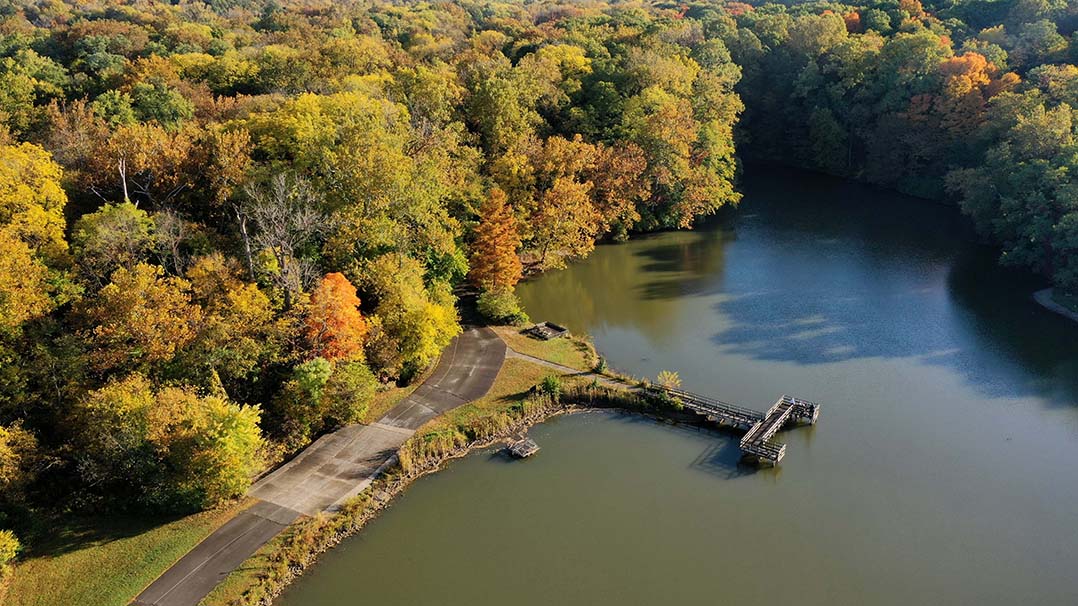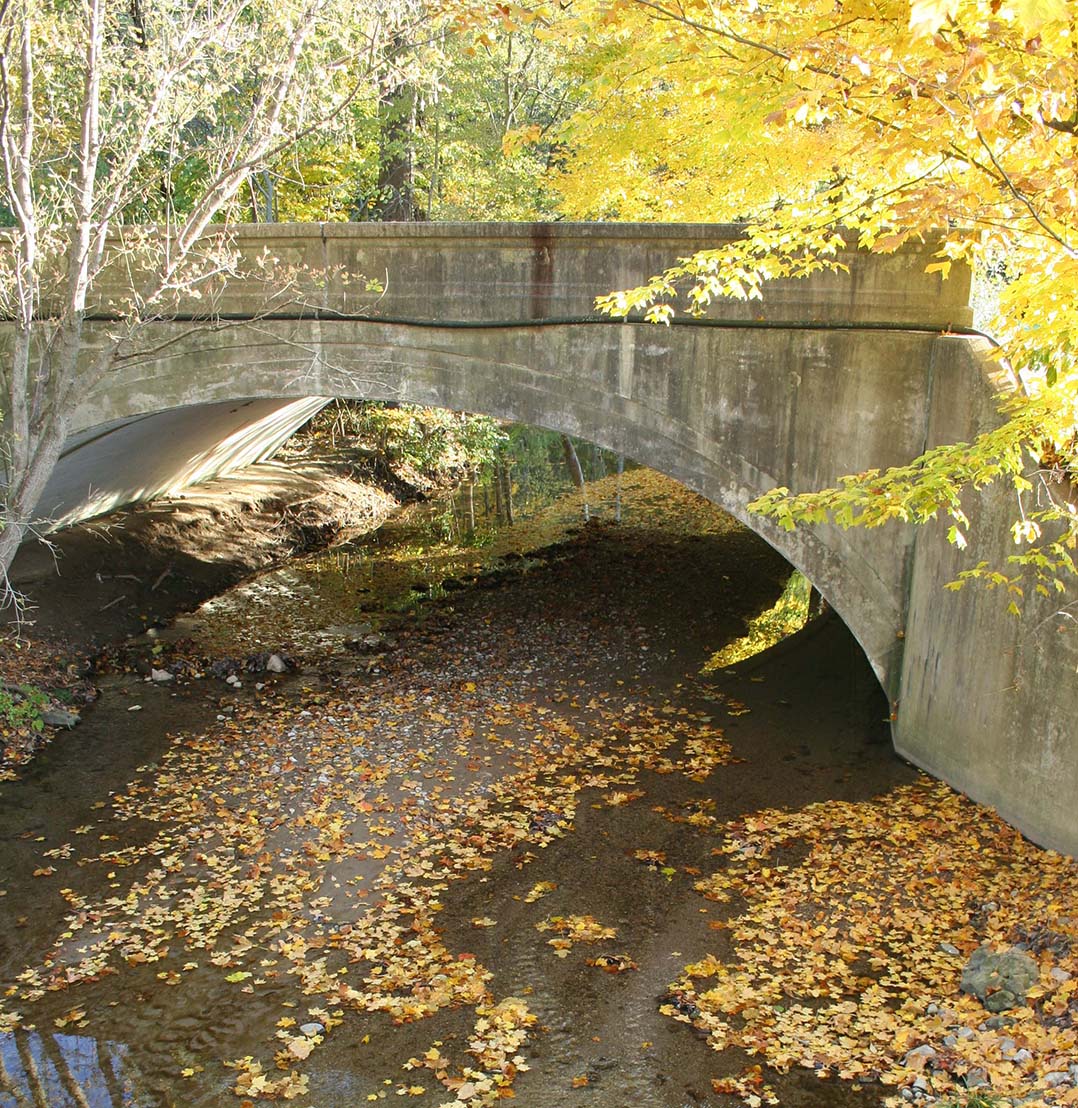Autumn in the Midwest is a time for open windows, cooler temperatures, warm clothing and fall colors. It’s also the perfect time to walk among the trees.
Fort Harrison State Park is offering a “Frolic through Fall Foliage” nature walk starting at 1 p.m. Oct. 14. The 1-mile hike on Tree Line Trail will be led by a state naturalist and will last about an hour.
Emilie Sweet is an interpretive naturalist at Fort Harrison State Park. She said the walk includes information about the different trees and other vegetation along the trail, and some scientific information about why deciduous trees change color in the fall. She said Tree Line Trail is perfect for this kind of walk.
“There are a lot of different kinds of trees on that trail,” she said. “We do have identification signs along the entire trail. So even in the fall and winter, when it might be a little bit more tough to identify a tree, you still have the opportunity to identify them on that trail.”
Some of the trees are red oak, black oak and sugar maple, she said.
“We have an aspen tree on that trail,” Sweet added. “We have a mussel wood tree on that trail. We have cottonwood, sycamore, red bud. We have black locust and honey locust and sweet gum.”
The trail also has some conifers, but those are evergreens and don’t change color seasonally.
Sweet said there might be a red maple, too, and — true to their name — their leaves turn a vibrant red in the fall.
“But we’ll see a variety,” she said. “We’re still going to see some green, as well, because it really just depends on the tree and how long it takes. Our walnuts are going to be showing the yellow right now — that’s the main yellow that you’re seeing now. And then we’ll see some oranges, as well.”
Sweet said the best time to see fall colors depends on where you are. For central Indiana, mid-September is when some of the leaves start to change — walnuts, primarily.
“After that, (the rest) slowly start to all catch up with each other,” she said. “I’m seeing our maples start changing color right now, which are one of my favorite fall colors — I actually have some pictures that I took of some maple leaves the other day and they’re a mixture of green and red and yellow, because they’re not totally changed yet, and they’re so cool.”
Leaves are at their peak earlier in the season in northern Indiana, and for late-season leaf viewing, you can take a drive to southern Indiana.
Leaves change color in the fall for a couple of reasons, according to Lindsey Purcell, executive director of the Indiana Arborist Association.
“Much of it has to do with day length and temperature,” she said. “The important thing is not that the amount of sunlight has decreased but the amount of dark has increased.”
She said trees “sense” in late September that the days are getting shorter. Photosynthesis slows down and the foliage produces less chlorophyll, which is what makes leaves green. As the green disappears, underlying yellow colors in the leaves, called carotenoids, are revealed.
“Things like pigment, light, weather conditions, plant species, soil type and location all play important roles in the fall party and colorful confetti trees create for us to enjoy,” Purcell said.
Other colors are the result of a chemical reaction.
“Unlike chlorophyll and carotenoids, which are present in leaf cells throughout the growing season, anthocyanins are produced mainly in the fall,” Purcell said. “These complex compounds in leaf cells react with excess stored plant sugars and exposure to sunlight creating vivid pink, red and purple leaves.”
Purcell said a fall with sunny days and cool nights following a summer with adequate rain is the ideal combination for autumn leaf colors, although there are numerous factors that can affect the season’s vibrancy.
“Some tree species displaying yellow foliage are ash, birch, beech, elm, hickory, poplar and aspen,” she said. “Red leaves are seen most often in dogwood, sweet gum, sumac and tupelo trees. Some oaks and maples present orange leaves while others range in color from red to yellow, depending on the species.”

If You Go
Frolic through Fall Foliage at Fort Harrison State Park is a free event that’s open to the public and does not require registration.
- When: 1 p.m. Oct. 14
- Where: Meet at the Schoen Creek Trailhead parking lot
- What: The 1-mile walk on Tree Line Trail will take approximately one hour
- Why: A state naturalist will guide participants along the trail and point out which trees offer which fall colors




